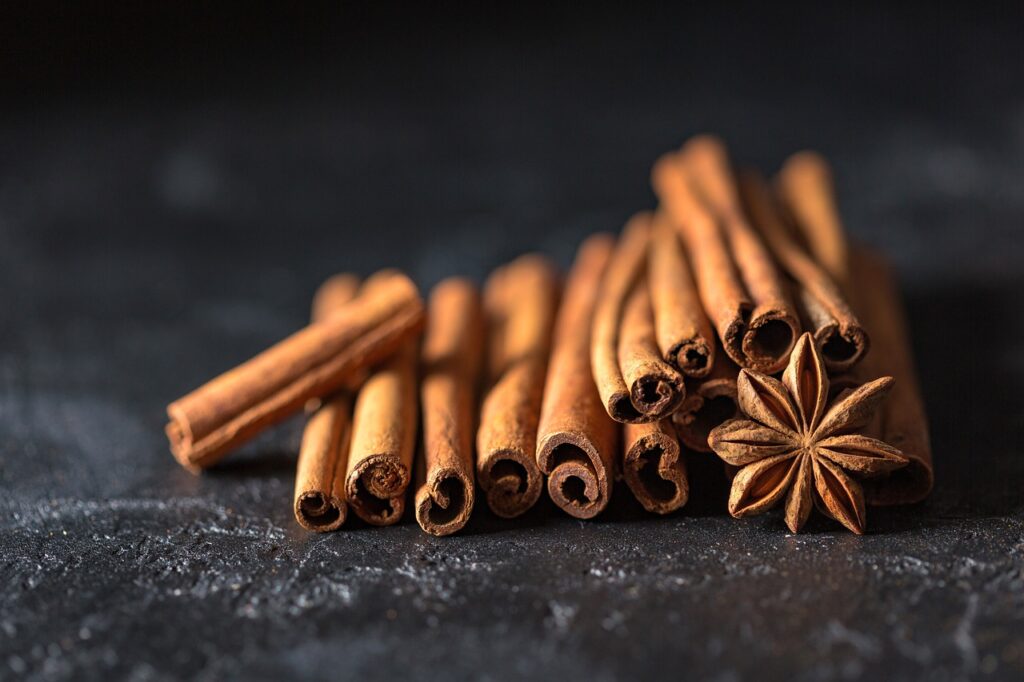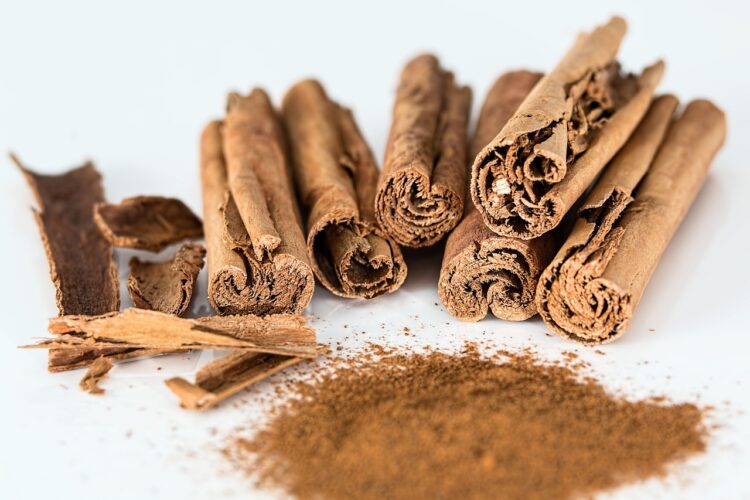Health Profile: Cinnamon
The onset of Fall, (which, if you live in Colorado, you know happened quite abruptly this year) brings with it the nostalgia we carry all year long for scarves, warm mittens and comfy boots, corn mazes and pumpkin carvings, and seasonal delights like pumpkin pie and cider. As a person who loves cooking, herbal medicine, and all things Fall, this article will focus on a common household Fall favorite: Cinnamon.
Cinnamon is an amazing plant, and often overlooked as more than a spicy edition to our cooler-season treats. As an herbal remedy, it carries a hefty medicinal punch.
Cinnamon is unique in that it acts as both a demulcent and an astringent – two properties usually seen as opposites in the plant world. Demulcent herbs create a mucous-like substance when they become moistened, often helping to soothe inflamed mucous membranes and help with problems like dry cough, urinary tract infection, and constipation. Its astringent qualities are due to tannins (usually associated to things like black tea and wine), which act to tighten cell junctions and essentially tonify tissues. These tightening and drying effects can be useful for treating wet coughs, ulcers, and diarrhea. This amazing plant is able to essentially have two opposite effects at once – try finding a pharmaceutical that can do that! If that wasn’t enough, cinnamon is also a relatively decent styptic, meaning it can staunch blood flow. So, if you accidentally slip while cutting ingredients for your favorite Fall dessert and you don’t have a first aid kit nearby, don’t hesitate to reach for the cinnamon.

Cinnamon has long been regarded for its usefulness in reducing blood sugar in type 2 diabetic patients. A study(1) published just last year further supported this claim, as it showed that Ceylon Cinnamon bark exhibited high anti-cholinesterase and anti-amylase activity (responsible for reducing blood sugar spikes after meals and preventing the conversion of starch into simple sugars, respectively). Ceylon leaf displayed greater reduction of complications associated with DM II through elevated anti-glycation, and glycation reversing effects – glycation is the process by which simple sugars like glucose and fructose are attached onto proteins and fats in body, which can make them more problematic and overtime contribute to many chronic diseases.
Another article(2) published late last year showed the anti-cancer potential of cinnamon extract. Aqueous extracts of various applications were used against cheek carcinoma in mice. Results shows the cinnamon extract could be useful at preventing oral cancer and possibly inhibiting its progression, though to a lesser degree.
A 2015 study(3) looked at how cinnamon could improve body composition and decrease lipid accumulation in the liver and adipose (fat) tissue compartments. The research revealed that extracts of cinnamon reduced body mass gain, mass of adipose tissue compartments, yet increased protein content in the bodies of mice, despite no changes in food intake or lipid blood levels.

Cinnamon can be taken supplementally in capsules or tinctures (under the supervision of a qualified healthcare provider) but to take the advice of Hippocrates, perhaps it is best utilized as part of your daily menu – about 1/8 tsp daily*. So whether you’re preparing your morning oatmeal, eggnog, or a favorite Fall dish this season, consider indulging with a little cinnamon and feel good knowing this spicy little plant could be aiding your health too.
*Pseudo small print advisory: Dr. Kelsey does not advise participation in the recently popular cinnamon challenge.
Dr. Kelsey’s favorite ways to use cinnamon:
– Add a teaspoon to your morning or afternoon smoothie for some added kick
– Put a dash into your coffee grounds prior to brewing your morning cup for some extra spice
– Sprinkle on roasted squash (another favorite Fall food) for a sweet and savory meal
– Throw some in your oatmeal or pancake mix for some extra yummy breakfast.

References:
(1) Arachchige SPG, Abeysekera WPKM, Ratnasooriya WD. Antiamylase, Anticholinesterases, Antiglycation, and Glycation Reversing Potential of Bark and Leaf of Ceylon Cinnamon (Cinnamomum zeylanicum Blume) In Vitro. Evidence-Based Complementary and Alternative Medicine. 2017;2017:1-13. doi:10.1155/2017/5076029.
(2) Ezzat SK, Abuelkhair MT, Mourad MI, Helal ME, Grawish ME. Effects of aqueous cinnamon extract on chemically-induced carcinoma of hamster cheek pouch mucosa. Biochemistry and Biophysics Reports. 2017;12:72-78. doi:10.1016/j.bbrep.2017.08.014.
(3) Lopes BP, Gaique TG, Souza LL, et al. Cinnamon extract improves the body composition and attenuates lipogenic processes in the liver and adipose tissue of rats. Food Funct. 2015;6(10):3257-3265. doi:10.1039/c5fo00569h.


